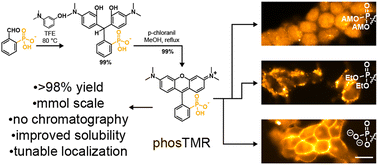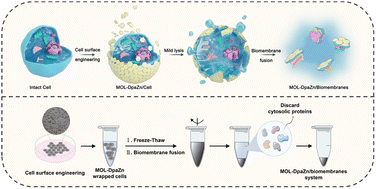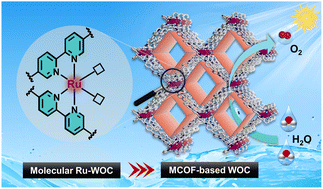Chem. Sci., 2023, Accepted Manuscript
DOI: 10.1039/D3SC03708H, Edge Article
DOI: 10.1039/D3SC03708H, Edge Article
 Open Access
Open Access This article is licensed under a Creative Commons Attribution-NonCommercial 3.0 Unported Licence.
This article is licensed under a Creative Commons Attribution-NonCommercial 3.0 Unported Licence.Pascal Hauk, Valérie Mazan, Fabrice Gallou, Joanna Wencel-Delord
The unexpected potential of the micellar medium to achieve challenging β-selective direct arylation of (oligo)thiophenes is reported. Thanks to using a water/surfactant solution combined with natural feedstock-derived undecanoic acid as...
The content of this RSS Feed (c) The Royal Society of Chemistry
The unexpected potential of the micellar medium to achieve challenging β-selective direct arylation of (oligo)thiophenes is reported. Thanks to using a water/surfactant solution combined with natural feedstock-derived undecanoic acid as...
The content of this RSS Feed (c) The Royal Society of Chemistry







